Since I live in the mountains, the bears – which we don’t want in the town – are a problem.There are no feeders allowed in the summer, only in November through April when the bears are hibernating, so I’m really happy to be able to put them back up now.
Naturally, we take part in Project Feederwatch, with a good number of feeders around our counting area. Last year, we had a lot of species of birds visit our feeders for FeederWatch. This year I’m hoping for a good count, with some of the usual birds, and also some more unusual birds.
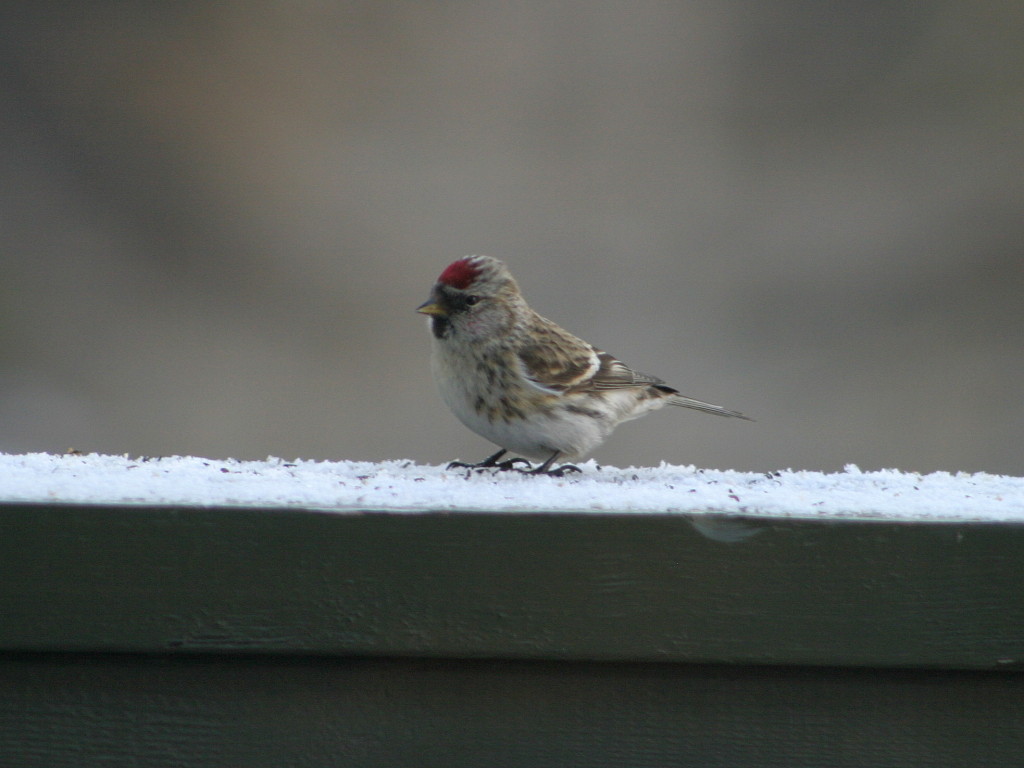
Project FeederWatch is a winter survey of birds that visit feeders at backyards, nature centers, community areas. FeederWatchers count the birds they see at their feeders from November to early April and send their counts to Project FeederWatch. FeederWatch information helps workers to follow the movements of winter bird populations.
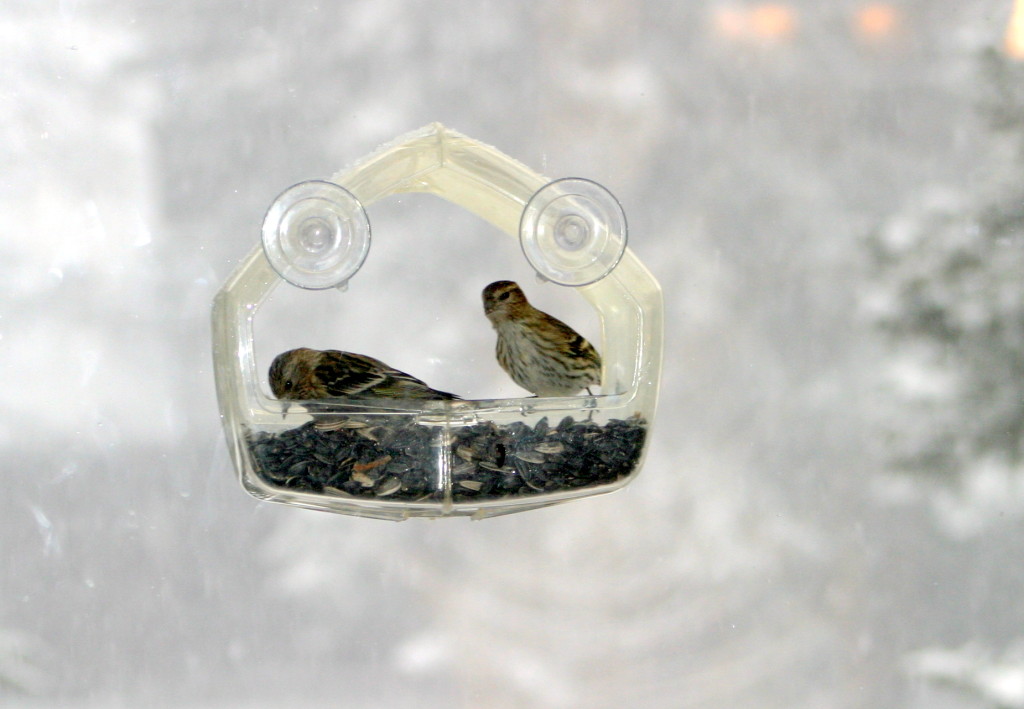
Anyone interested can participate. FeederWatch is done by people of all skill levels including children, families, individuals, bird clubs and retired people. If you wish to participate, you can be sent a research kit with instructions for participating. Please note that you will not receive feeders or seed.
All of the pictures in this post were taken on our deck at our feeders
(click on them for larger versions)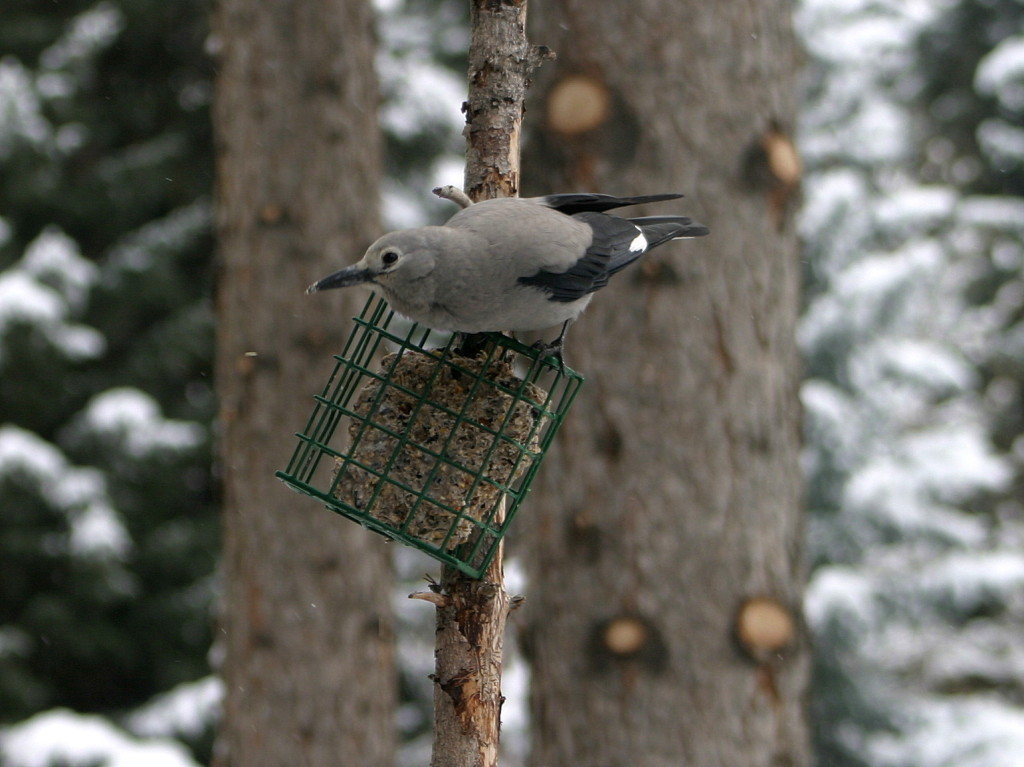
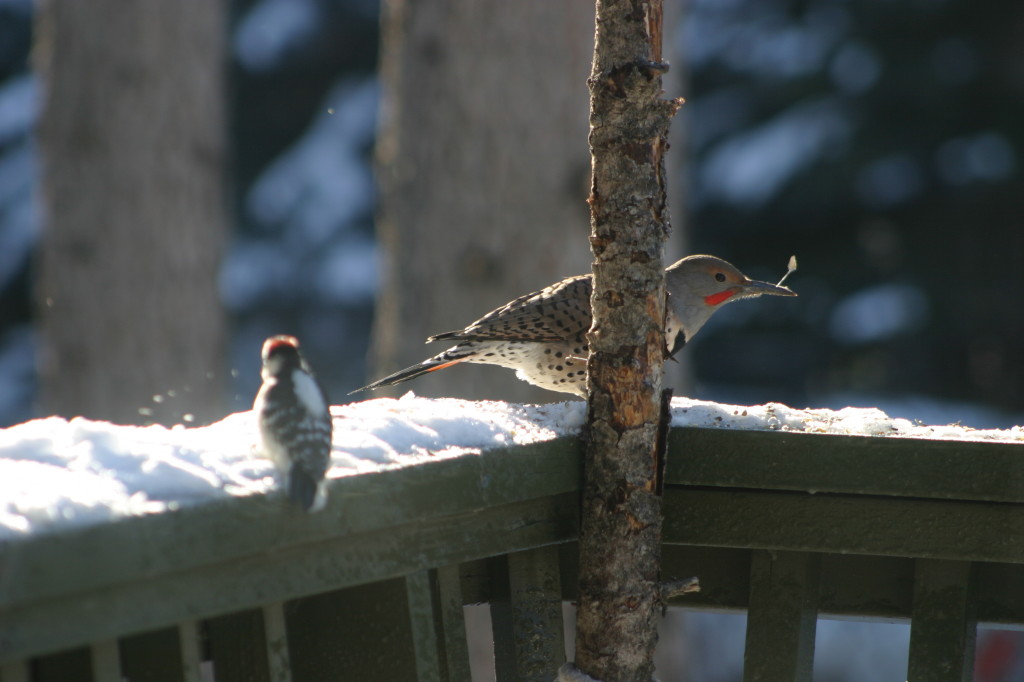
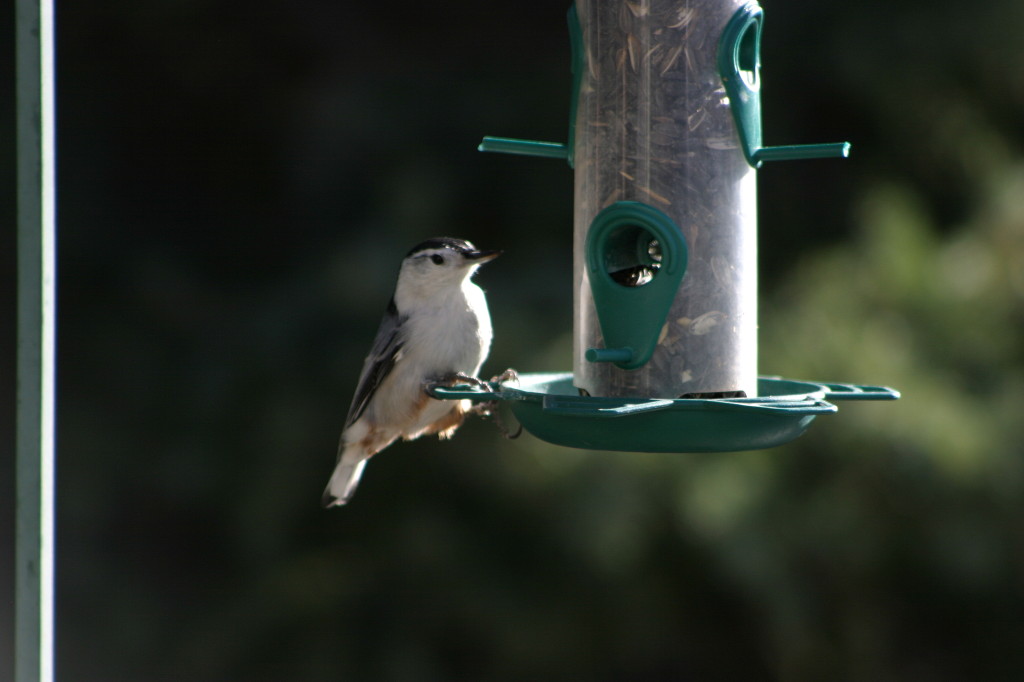
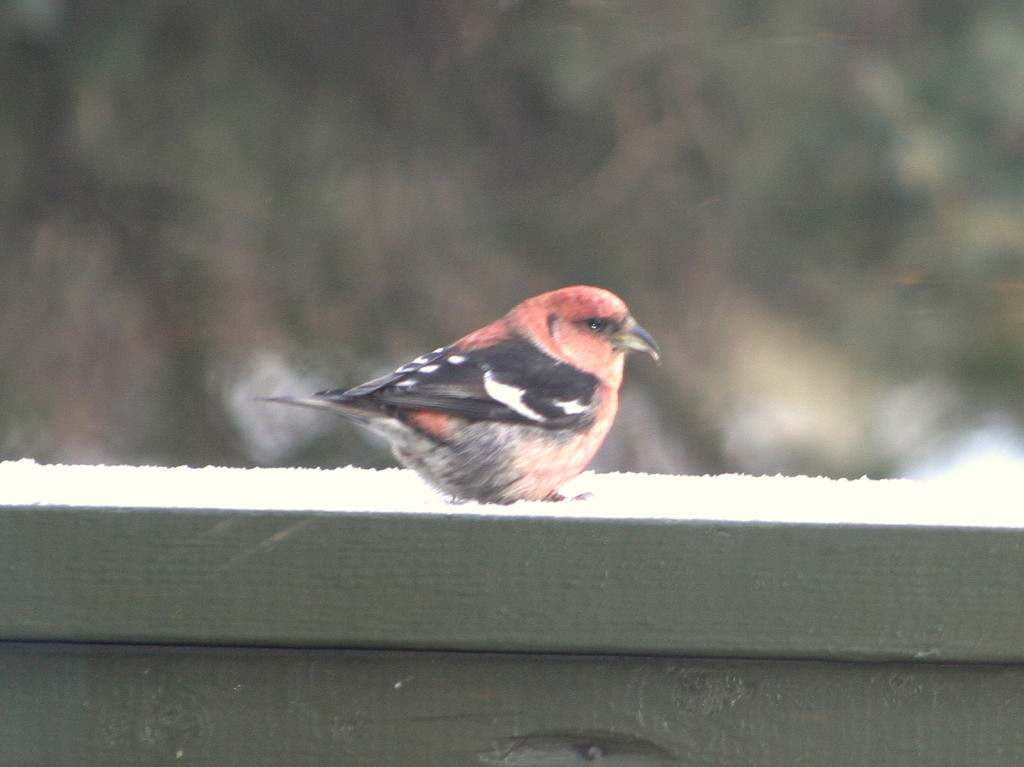
There is a $15 participation cost for U.S. residents. Canadians can participate by joining Bird Studies Canada for CAN$35 (or less). The participation fee covers materials, staff support, web design, data analysis, and a year-end report (Winter Bird Highlights). Project FeederWatch is supported almost entirely by participation payment.
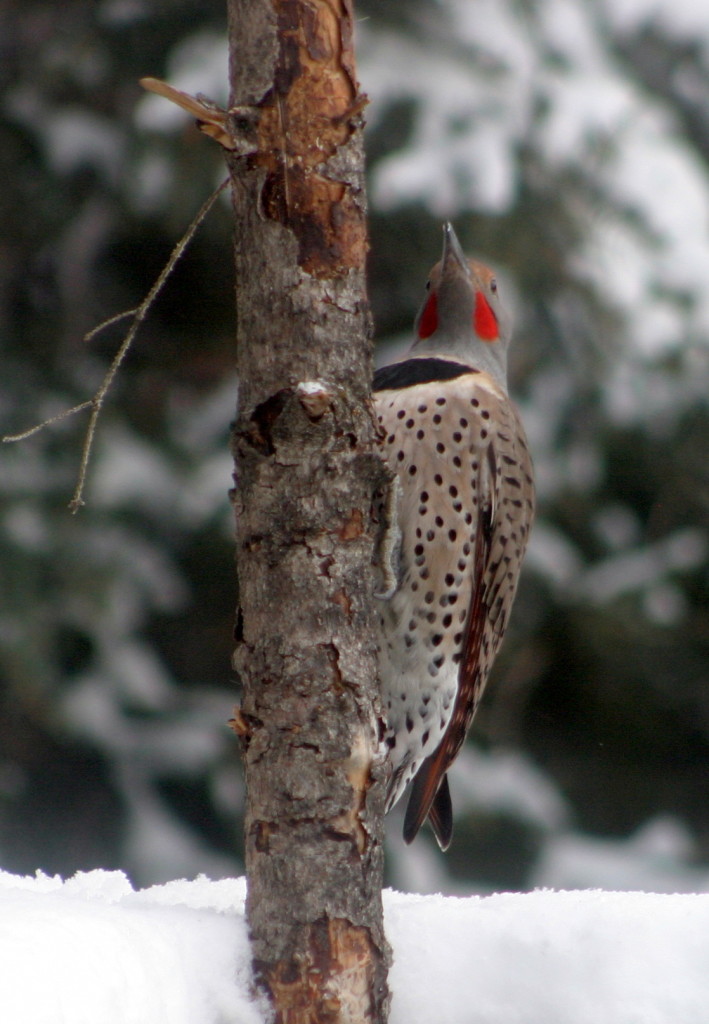
Participants will watch their feeders as much or as little as they want for two days as often as every week. They count birds that come to their count site because of something that they provided (plants, food, or water).
FeederWatch is enabled by the Cornell Lab of Ornithology and Bird Studies Canada.
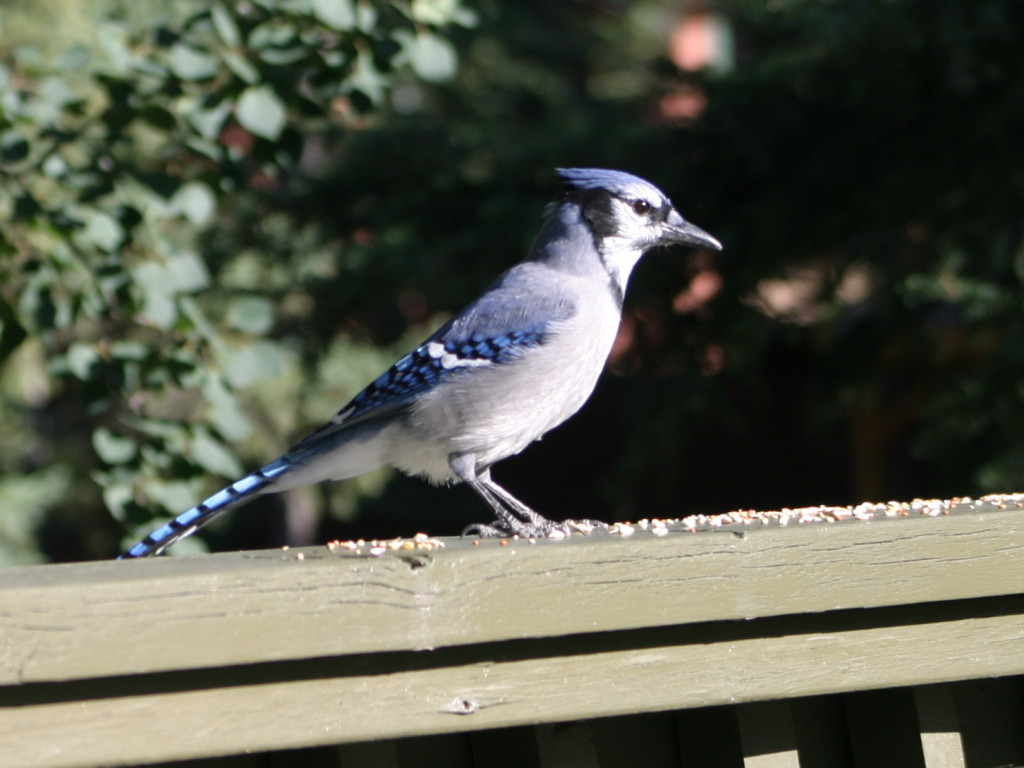
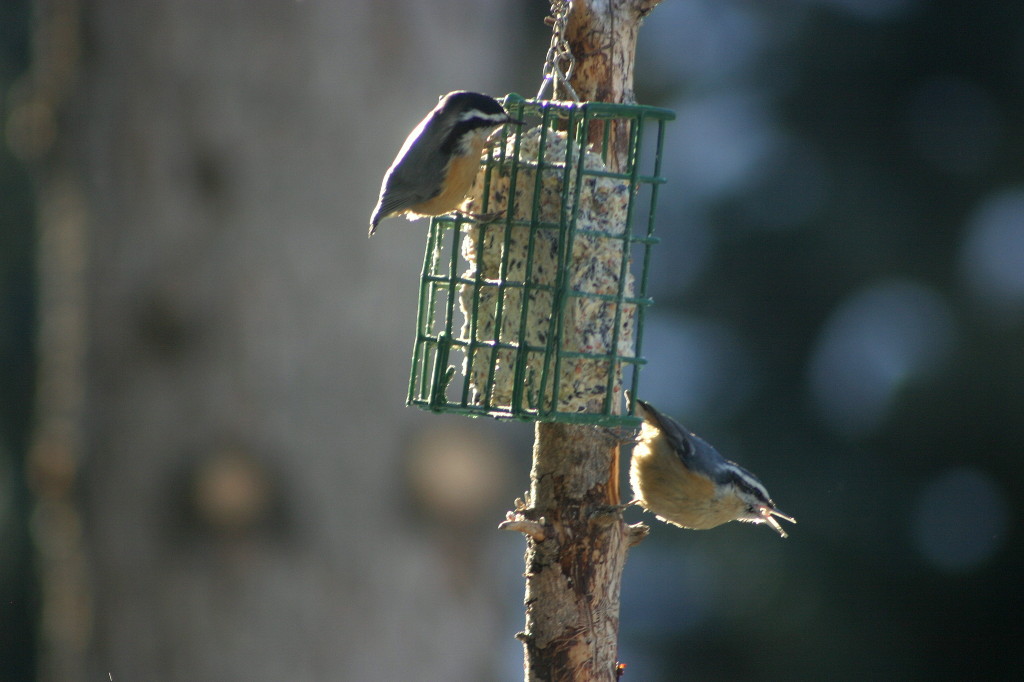
So I encourage you to help scientists gather information by taking part in Project FeederWatch!
I am hoping I will join soon. I love the photo of the Clark’s Nutcracker, we don’t have them here in Winnipeg. Check out my blog, http://birdsinyourbackyard.blogspot.ca/ and my latest post with Peregrine Falcons.